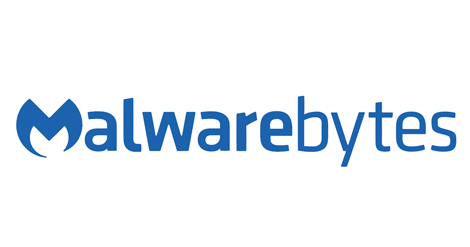
Categories
Problems that solves
Shortage of inhouse software developers
Shortage of inhouse IT resources
High costs of IT personnel
Shortage of inhouse IT engineers
Values
Reduce Costs
Enhance Staff Productivity
About Product
Description
FFRI yarai patented precognitive defense eliminates threats before they begin. Leveraging five purpose-built detection engines to eliminate threats before initiation. FFRI’s approach to layered security has become the trusted defensive stack for global enterprises and international governments.
Features:
- Application Protection. The patented ZDP engine protect against Zero-Day vulnerability attacks in real time.
- Malware Prevention. Static Analysis and unique Sandbox engines monitor unusual programs at pre-execution.
- Dynamic Protection. HIPS and Machine Learning engines capture advanced malware behavior in real time.
- Lightweight
- Intuitive
- No Signatures
- Scalable



















